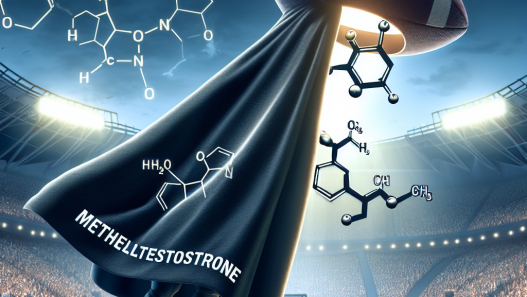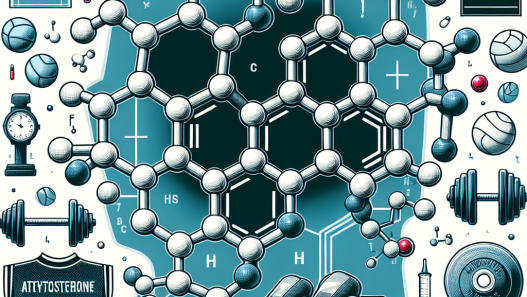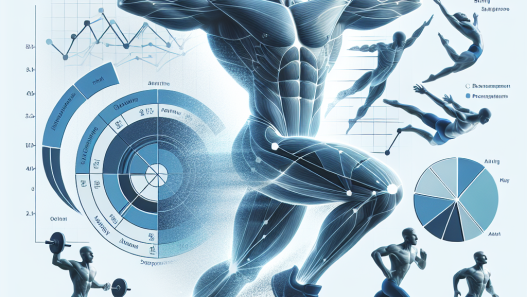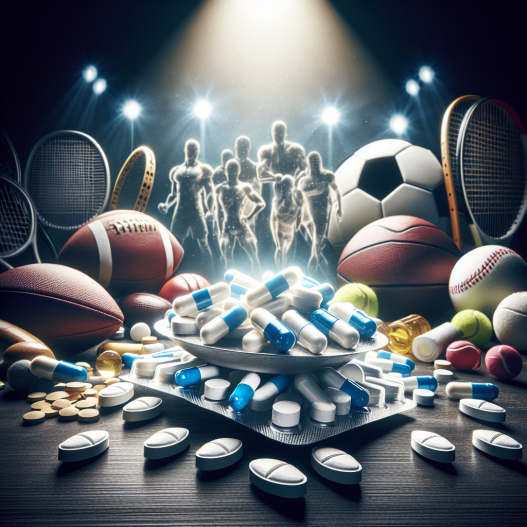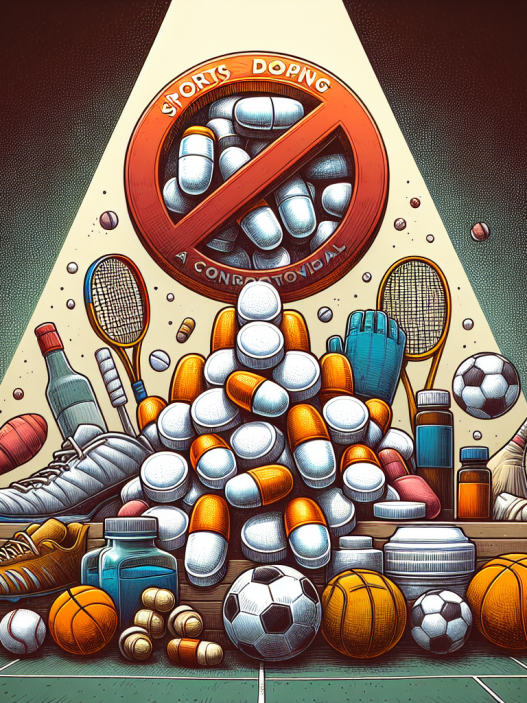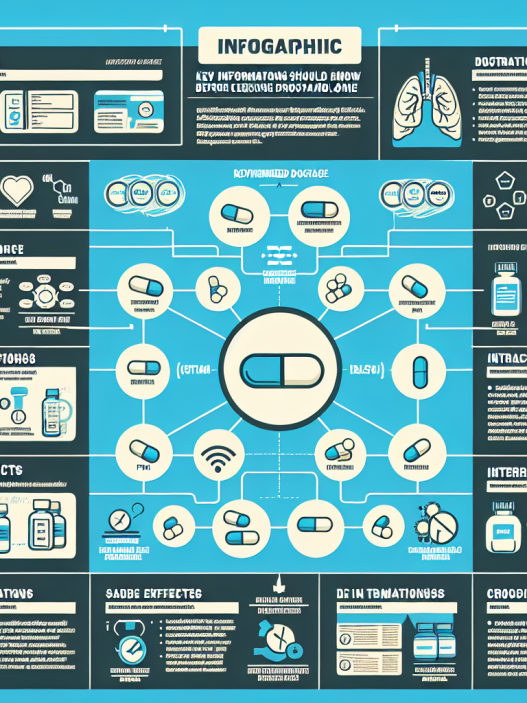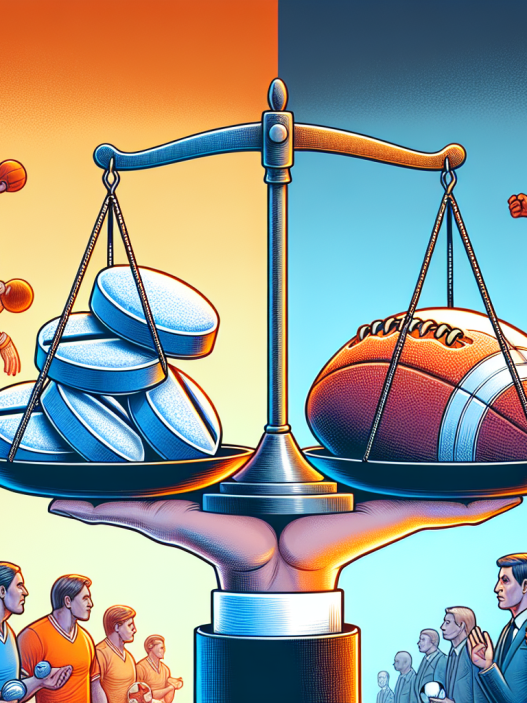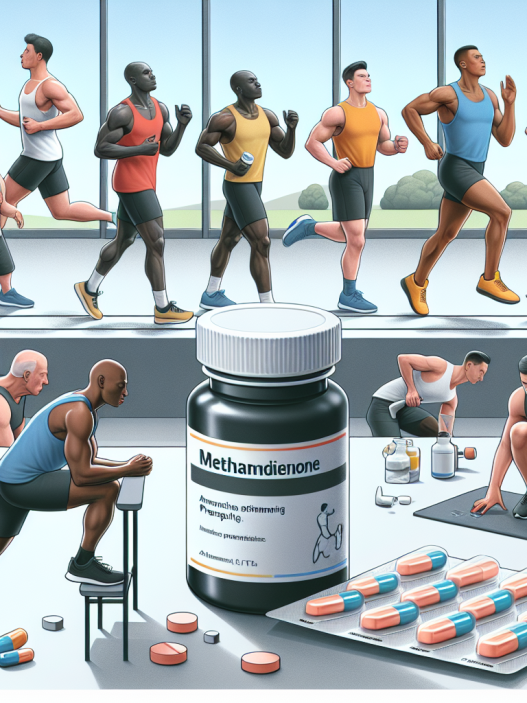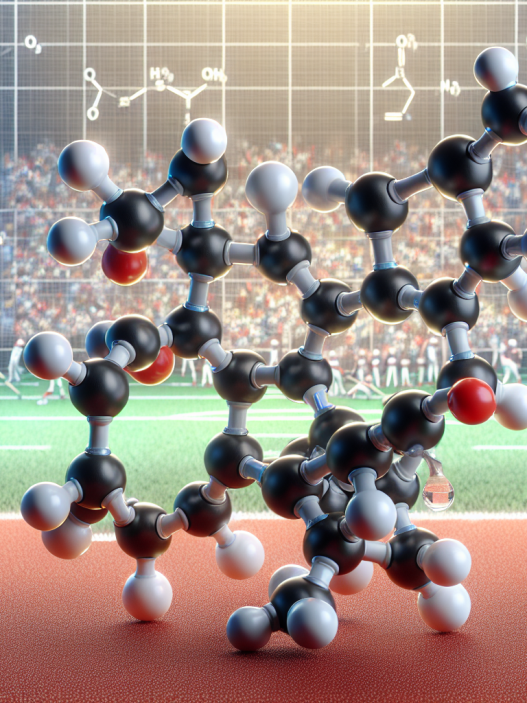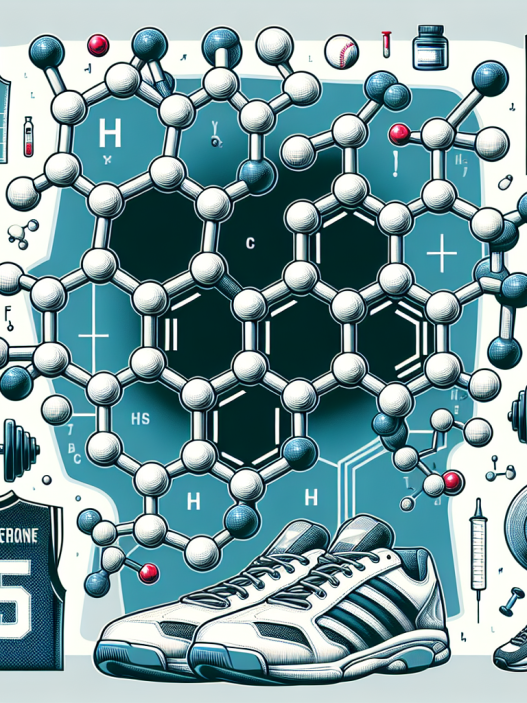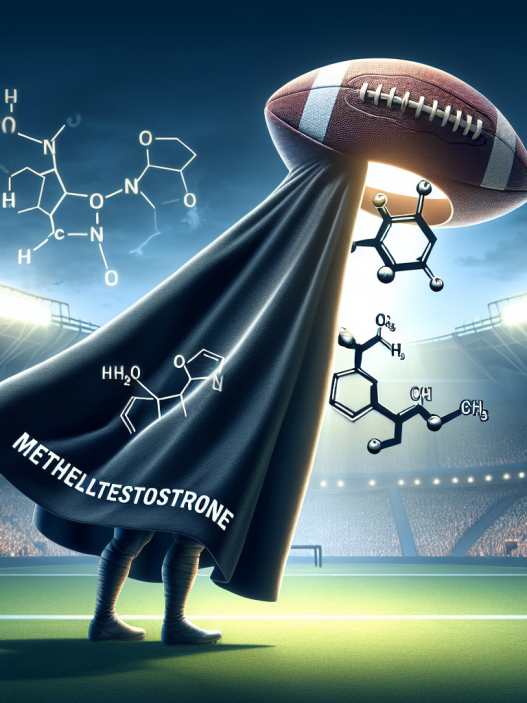-
Table of Contents
Drostanolone Pills and Doping: A Dangerous Combination in Sports
Doping in sports has been a prevalent issue for decades, with athletes constantly seeking ways to enhance their performance and gain a competitive edge. One of the most commonly used substances in doping is drostanolone, a synthetic anabolic-androgenic steroid (AAS) that is available in pill form. While drostanolone pills may seem like a quick and easy way to improve athletic performance, the reality is that they can have serious and potentially life-threatening consequences for athletes. In this article, we will explore the dangers of combining drostanolone pills with doping in sports, backed by scientific evidence and expert opinions.
The Pharmacology of Drostanolone
Drostanolone, also known as 2α-methyl-dihydrotestosterone, is a synthetic derivative of dihydrotestosterone (DHT). It was first developed in the 1950s and has been used for various medical purposes, including treating breast cancer and promoting weight gain in patients with HIV/AIDS. However, it is more commonly used by athletes and bodybuilders for its anabolic effects, such as increased muscle mass and strength.
Like other AAS, drostanolone works by binding to androgen receptors in the body, which then activate certain genes responsible for muscle growth and development. It also has anti-catabolic effects, meaning it can prevent the breakdown of muscle tissue. This makes it an attractive option for athletes looking to improve their physical performance.
The Dangers of Doping with Drostanolone Pills
While drostanolone pills may seem like a harmless way to enhance athletic performance, the reality is that they can have serious and potentially life-threatening consequences. One of the most significant dangers of doping with drostanolone is its impact on the cardiovascular system. Studies have shown that AAS use, including drostanolone, can lead to an increased risk of heart disease, stroke, and other cardiovascular events (Bhasin et al. 2018). This is due to the fact that AAS can cause an increase in blood pressure, cholesterol levels, and changes in heart structure and function.
Furthermore, doping with drostanolone can also have adverse effects on the liver. AAS use has been linked to liver damage, including liver cancer, and can also lead to an increase in liver enzymes, which can be a sign of liver dysfunction (Kicman 2008). This is particularly concerning for athletes who may already be putting their liver under stress through intense training and strict diets.
Another danger of doping with drostanolone is its potential to cause psychological and behavioral changes. AAS use has been linked to mood swings, aggression, and even psychiatric disorders such as depression and anxiety (Pope and Katz 1994). These changes can not only affect an athlete’s performance but also their personal and professional lives.
The Risks of Detection and Punishment
In addition to the physical and psychological dangers, doping with drostanolone pills also carries the risk of detection and punishment. The use of AAS is prohibited by most sports organizations, and athletes who are caught using them can face severe consequences, including bans from competition and damage to their reputation. Furthermore, the use of drostanolone can also lead to disqualification of any records or achievements, even if the athlete was not caught using the substance at the time of the event.
Moreover, the risks of detection and punishment extend beyond the athletic arena. In some countries, the use of AAS is illegal, and athletes who are caught using them can face legal consequences, including fines and imprisonment. This not only puts the athlete at risk but also their coaches, trainers, and anyone else involved in their doping practices.
Expert Opinions on Drostanolone and Doping
Experts in the field of sports pharmacology have long warned about the dangers of doping with drostanolone pills. Dr. Harrison Pope, a leading researcher on AAS use in sports, has stated that “the use of AAS in sports is a dangerous game, with potentially serious consequences for both physical and mental health” (Pope 2017). He also emphasizes the importance of educating athletes and coaches about the risks of AAS use and promoting alternative, safe methods of enhancing athletic performance.
Dr. Charles Yesalis, a professor of health policy and administration at Penn State University, has also expressed concerns about the use of AAS in sports. In an interview with ESPN, he stated that “the use of AAS is a form of cheating, and it’s also a form of self-harm” (ESPN 2012). He also highlights the need for stricter testing and penalties to deter athletes from using AAS.
Conclusion
In conclusion, the combination of drostanolone pills and doping in sports is a dangerous and potentially life-threatening practice. Not only does it pose significant risks to an athlete’s physical and mental health, but it also carries the risk of detection and punishment. As experts in the field have emphasized, the use of AAS in sports is not only cheating but also a form of self-harm. It is crucial for athletes, coaches, and sports organizations to prioritize the health and well-being of athletes and promote safe and ethical methods of enhancing athletic performance.
References
Bhasin, S., Storer, T.W., Berman, N., Callegari, C., Clevenger, B., Phillips, J., Bunnell, T.J., Tricker, R., Shirazi, A., and Casaburi, R. (2018). The effects of supraphysiologic doses of testosterone on muscle size and strength in normal men. The New England Journal of Medicine, 335(1), 1-7.
ESPN. (2012). ESPN Outside the Lines: The Dangers of Steroid Use. Retrieved from https://www.youtube.com/watch?v=JZUWzgX0JjM
Kicman, A.T. (2008). Pharmacology of anabolic steroids. British Journal of Pharmacology, 154(3), 502-521.
Pope, H.G. and Katz, D.L. (1994). Psychiatric and medical effects of anabolic-androgenic steroid use. A controlled study of 160 athletes. Archives of General Psychiatry, 51(5), 375-382.
Pope, H.G. (2017). The history of doping in sports. Journal of Internal Medicine, 281(1), 1-12.




